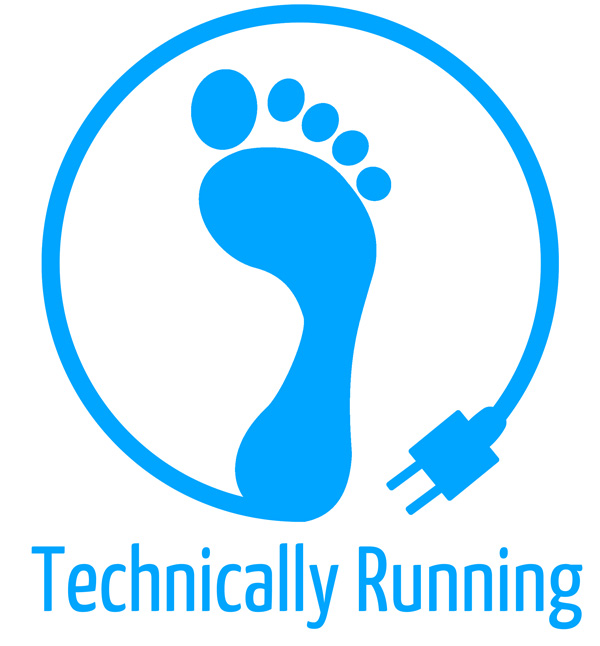“I’m not a real runner, I’m way too slow.” Does that sound familiar? For the first few months after I’d taken up running, I was convinced that my 2-3 mile jaunts at a ten to twelve minute a mile pace were way too snail-like to lump me in to the category of runners who were “real”.
As if, somehow, being able run seven or eight minute miles elevated runners to an elite echelon that I just wasn’t a party to, despite my blisters, sore muscles, and marathon aspirations.
Early on, I spent so much time and energy thinking up excuses not to run with friends- “they’re fast, and I’ll only slow them down if I need a walk break”, I kept telling myself. The truth is, of course, that no one cared what my pace was; my friends were just happy I was trying to become a healthier person and it never dawned on me that I actually had the power to make myself a faster runner all along.
 Speed, I thought, came through amping up your mileage, and that the longer and further you ran, the faster I would get. Either that, or you just had to wear some super short running shorts with the slits up the side. Although running more and the right clothing can help some people, there is a secret weapon that pushes you to be a faster and stronger runner. This magical elixir isn’t complicated or expensive, it just takes a little bit of lung power and some motivation, it’s called “Speed work.”
Speed, I thought, came through amping up your mileage, and that the longer and further you ran, the faster I would get. Either that, or you just had to wear some super short running shorts with the slits up the side. Although running more and the right clothing can help some people, there is a secret weapon that pushes you to be a faster and stronger runner. This magical elixir isn’t complicated or expensive, it just takes a little bit of lung power and some motivation, it’s called “Speed work.”
If you want to be a faster runner, you have to practice running faster. This doesn’t mean repping out one fast mile after another, that would be too exhausting. Instead, run faster than you normally would for a short time, like between a few hundred feet and a quarter mile. Take a little recovery, and do it again.
The added speed taxes your lungs to become accustomed to powering your body at a higher speed. The muscles in your legs start to recognize what running faster feels like, and eventually you can maintain elevated speed for longer than the short bursts. Research has shown that speed work, alternating faster-than-normal running with recovery, will help you shed time and run faster.
 Your heart rate may skyrocket during these intervals, but the recovery between each interval helps your body to recognize what it feels like to go from working hard, to hardly working. The more you practice going from hard to easy, the more your body will adapt on a physiological level, and the more fit you will become.
Your heart rate may skyrocket during these intervals, but the recovery between each interval helps your body to recognize what it feels like to go from working hard, to hardly working. The more you practice going from hard to easy, the more your body will adapt on a physiological level, and the more fit you will become.
Want to get started? Run faster than normal for 30 seconds. Walk for 1-2 minutes. Repeat. It’s that easy.
Or, you can head to a track at a local high school or gym and time yourself running one to two laps around it (typically a quarter mile). Walk for a quarter mile, and repeat, trying to run each repeat in the same time. Start with 4, and work your way up to 8 to 12. Again, really, it’s that easy.
Stay tuned for a follow up post that will discuss a speed-work workout (the 30:20:10 workout) that new research has shown to help runners shed significant time off their races.
Images via FreeDigitalPhotos.net
Liz is a grad student who loves science, triathlons, dinosaurs, geomicrobiology and cake. She can frequently be found teaching spin classes or doing science outreach. Over the past five years, she has run almost a dozen half marathons (PR 1:54), and is now breaking into the triathlon scene with her University’s Tri team.

